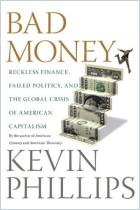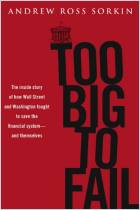
Read or listen offline
Recommendation
This report from George Mason University’s Mercatus Center provides a detailed, articulate analysis of US large-bank regulation and its historical context. Economists James R. Barth and Apanard Prabha address the “too-big-to-fail” (TBTF) issue and its impact on federal agencies’ policies and practices. The report examines how regulators have handled this problem before and considers how TBTF might again rear its head in the future. The authors also evaluate how the Dodd-Frank Wall Street Reform and Consumer Protection Act of 2010 and other regulatory changes might help or hurt bank resolution. Because it presents a complex issue in language that a layperson can understand and from which an expert might gain new insight, getAbstract recommends this levelheaded analysis to regulators, policy makers, financial industry professionals and anyone with a bank account.
Take-Aways
About the Authors
A senior finance fellow at the Milken Institute, James R. Barth is the Lowder Eminent Scholar of Finance at Auburn University. Apanard Prabha is an economist at the Milken Institute.

















Comment on this summary or 开始讨论